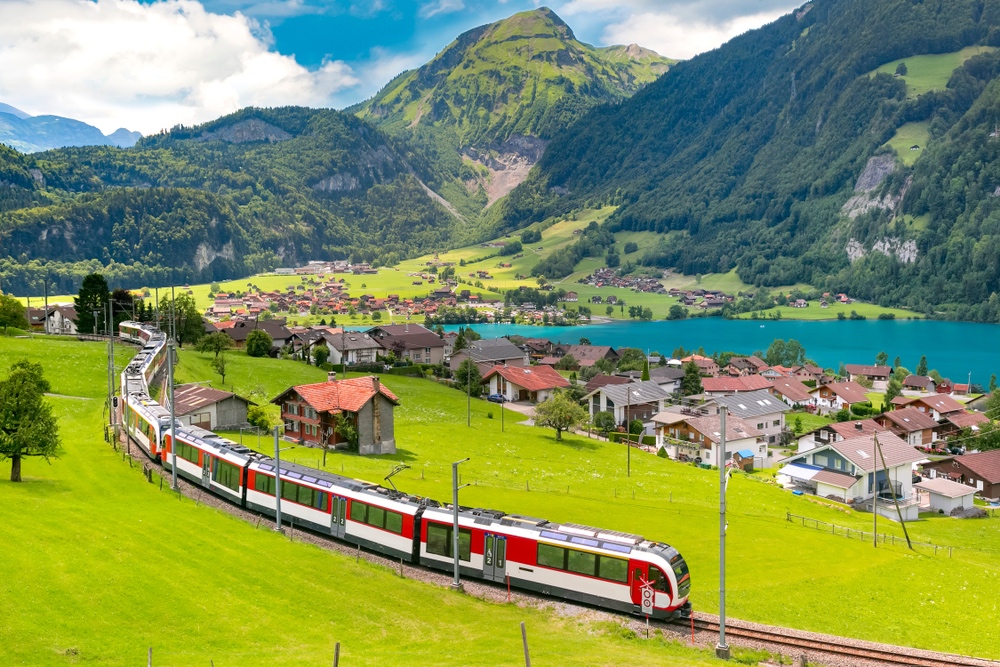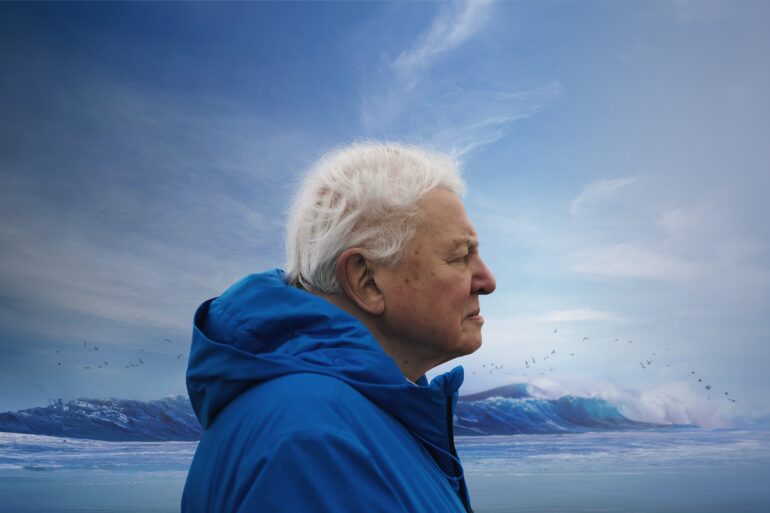The world’s ultrarich park their wealth in Swiss banks, but Switzerland’s other riches are found surrounding small villages and urban areas.
Despite the trillions of euros and Swiss francs stored in Switzerland—especially during tumultuous economic times—there seems to be another currency the Swiss deem more important and worth tending to: their natural treasure.
From majestic rivers such as the Rhine and the Rhone and enormous lakes like Lucerne and Geneva to their highest mountain, the Matterhorn and the largest glacier in the Alps, the UNESCO World Heritage site Aletsch Glacier, Switzerland surely has been blessed rather generously.
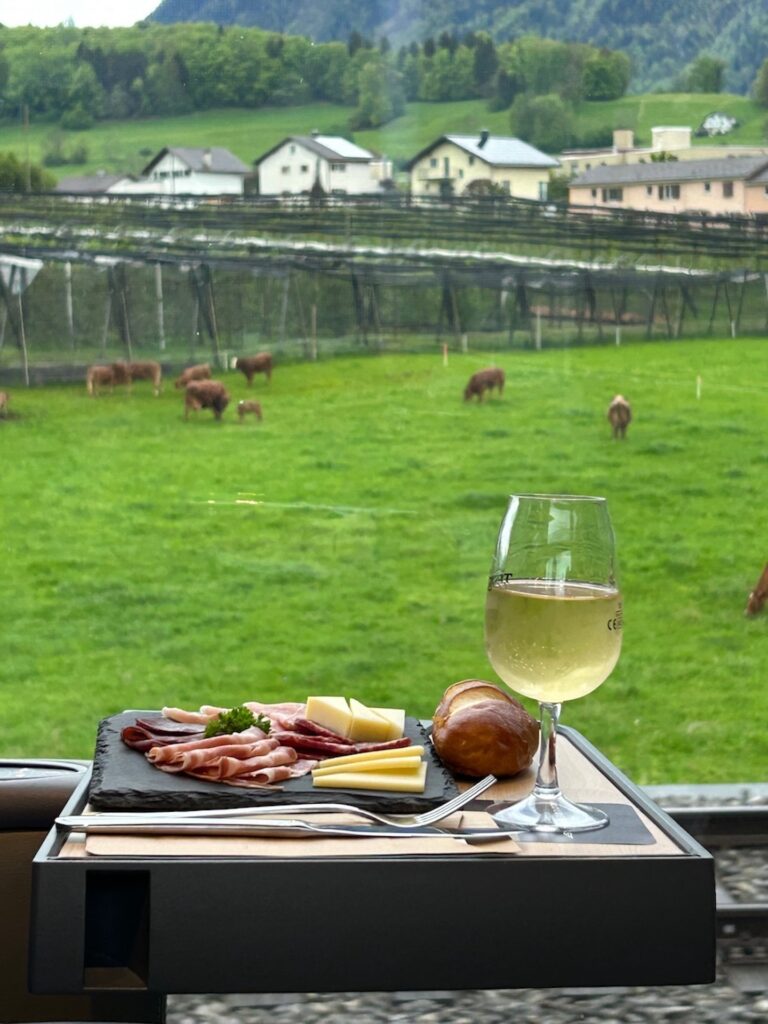
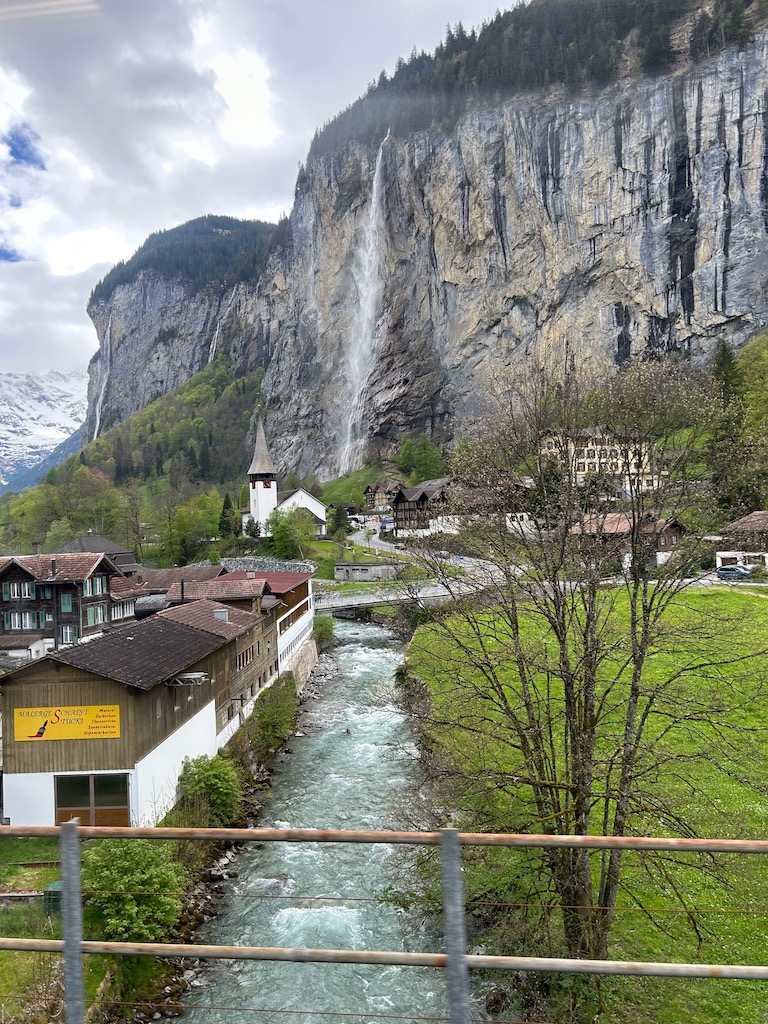
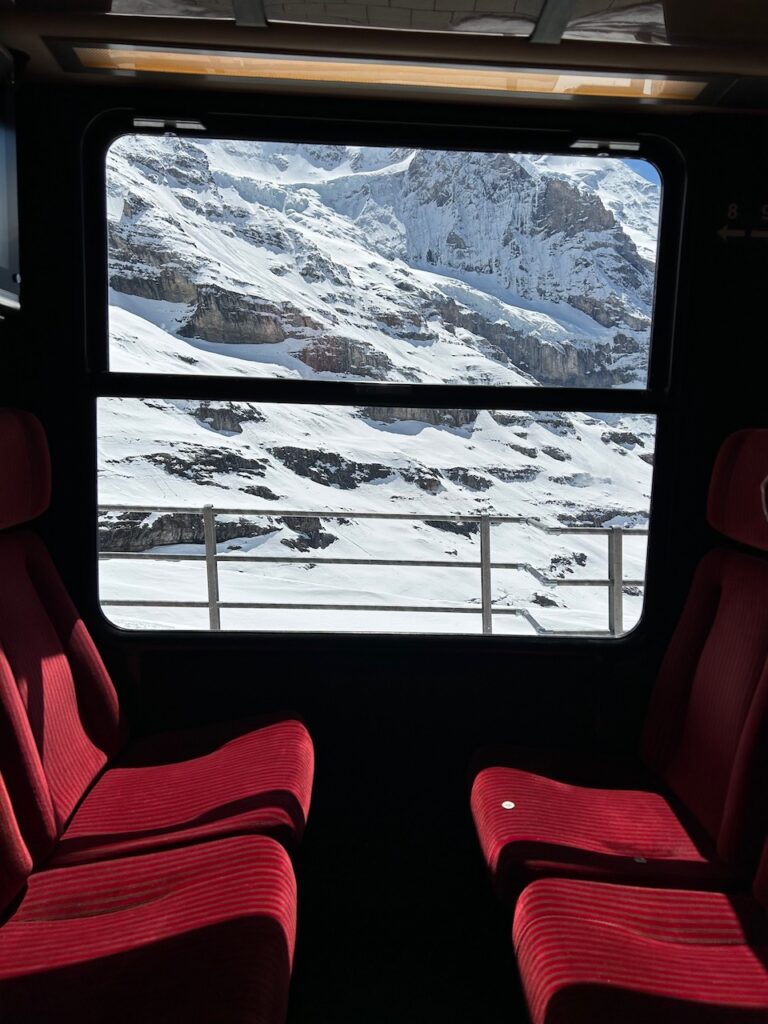
Aptly called the Playground of Europe, the country is rich in terms of natural ecosystems: about one-third of Swiss territory is woodland; the total length of their watercourses is 65,500 km (that’s 700,000 football fields to give you a better idea); it has 18 official national parks, eight rivers, with one being Europe’s longest, over 150 waterfalls, and around 1500 lakes; over 46,000 plant, fungus and animal species; and 49 mountain peaks that are at least 4,000 meters high, a European record.
Add to that the fact that Switzerland has 6% of Europe’s freshwater reserves. And is the 13th least polluted country in the world, according to the World Health Organization. It’s as if the country is Mother Nature’s world, and the Swiss are just living in it.
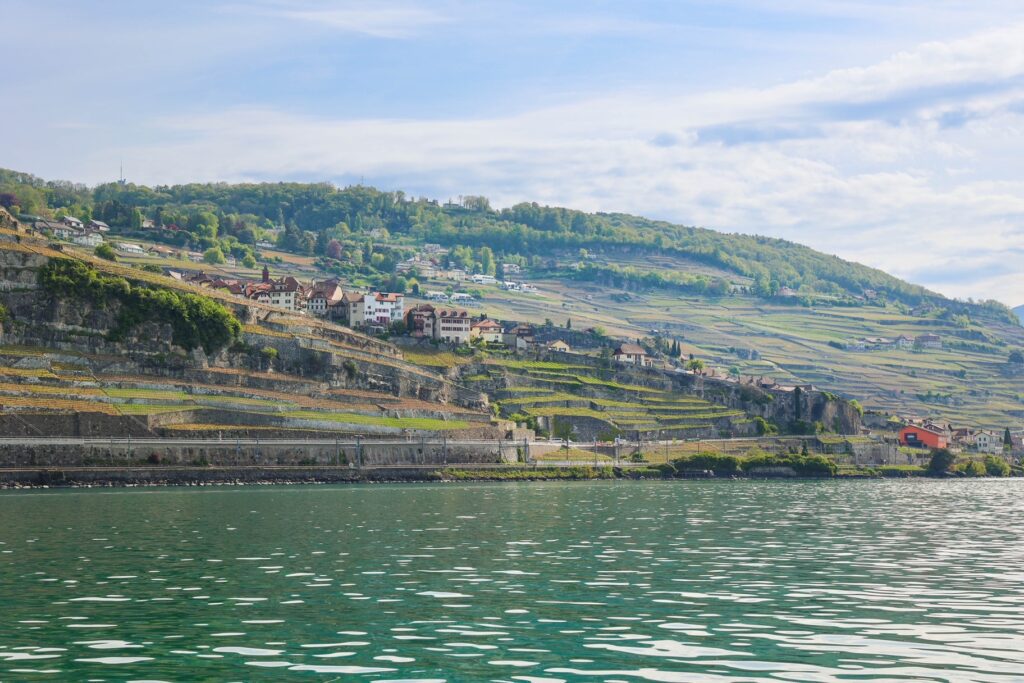
There’s definitely wealth in the wild, especially at present, seeing how climate change and the recent global scare are altering our daily narrative. If anything, COVID has taught people how nature recovers and rebounds during a forced hiatus and so everyone has a clear idea just how beautiful and bountiful it can be when left to flourish.
The Swiss don’t have to be reminded about it though. They already know.
Their website’s banner (my.switzerland.com) proves it. It reads, “Our nature is our greatest asset. That’s why we protect it. With its mighty mountains, turquoise-blue lakes and enchanted forests, Switzerland is a unique travel destination. Our nature provides energy—and it has to stay that way. For us, and for all generations to come.”
‘Swisstainable’
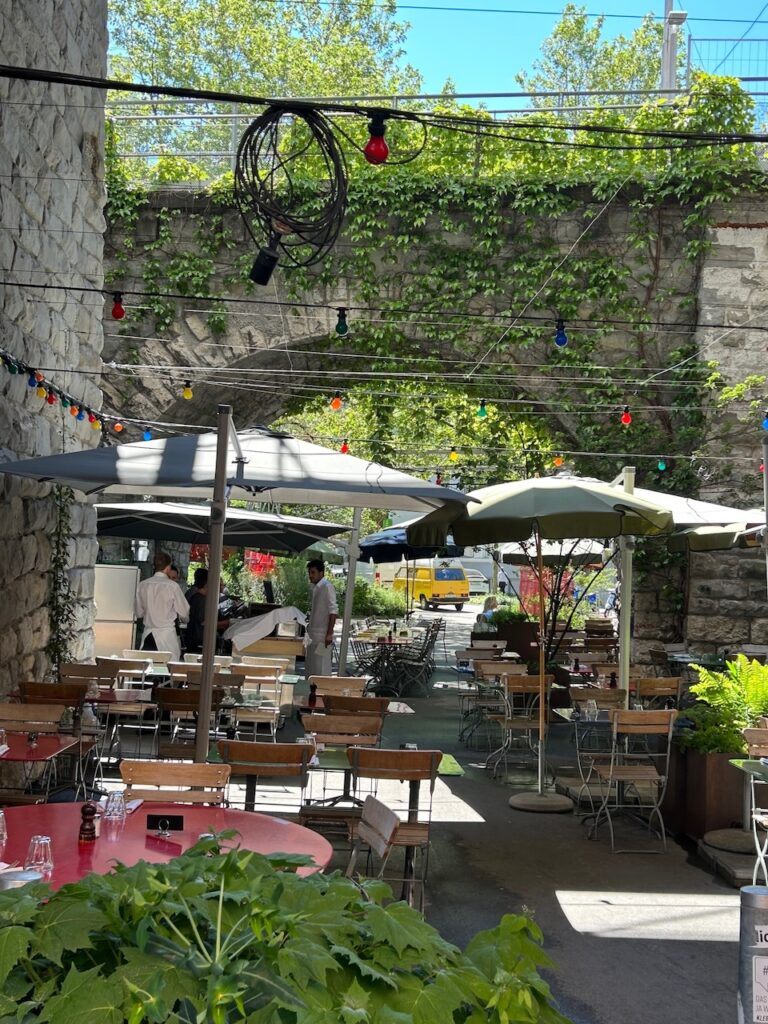
The Swiss have been at it for years. “It” being sustainable projects to help preserve the country’s natural beauty. According to Romy Bacher, Head of Sustainability at the Swiss Tourism Federation, “Nature has a high value in Switzerland, and we define ourselves strongly by our alpine mountains and our pristine lakes with their crystal-clear water,” she said in a former interview.
“A very well-developed public transport network, nature as well as water protection, waste management, air quality and high-quality education have been important issues in Switzerland for years. Perhaps this has made us more aware of the impact of humans on nature and the environment, and the need to reduce negative impact on our planet.”
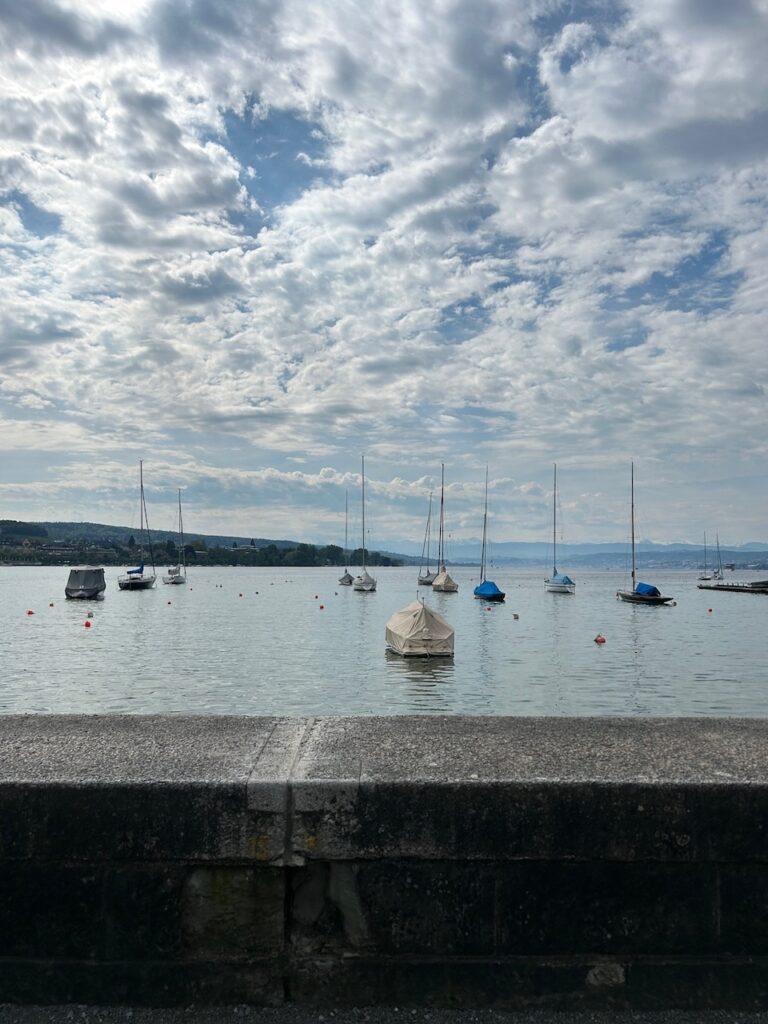
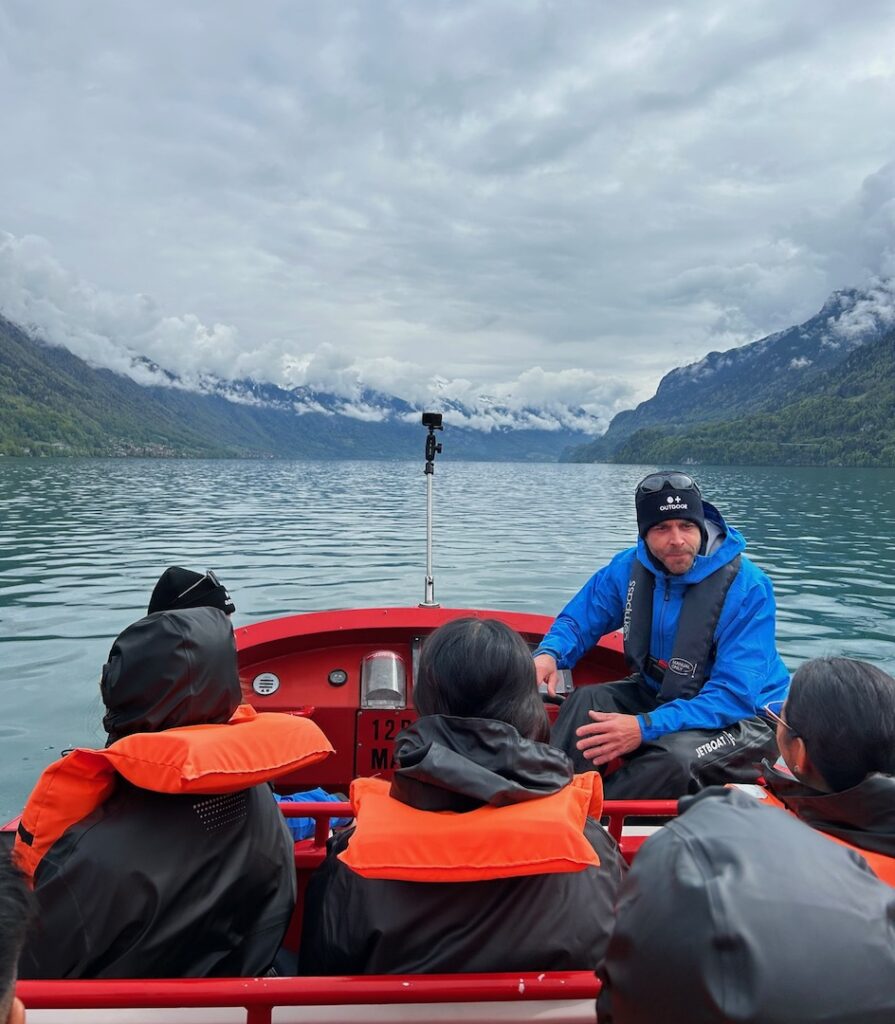
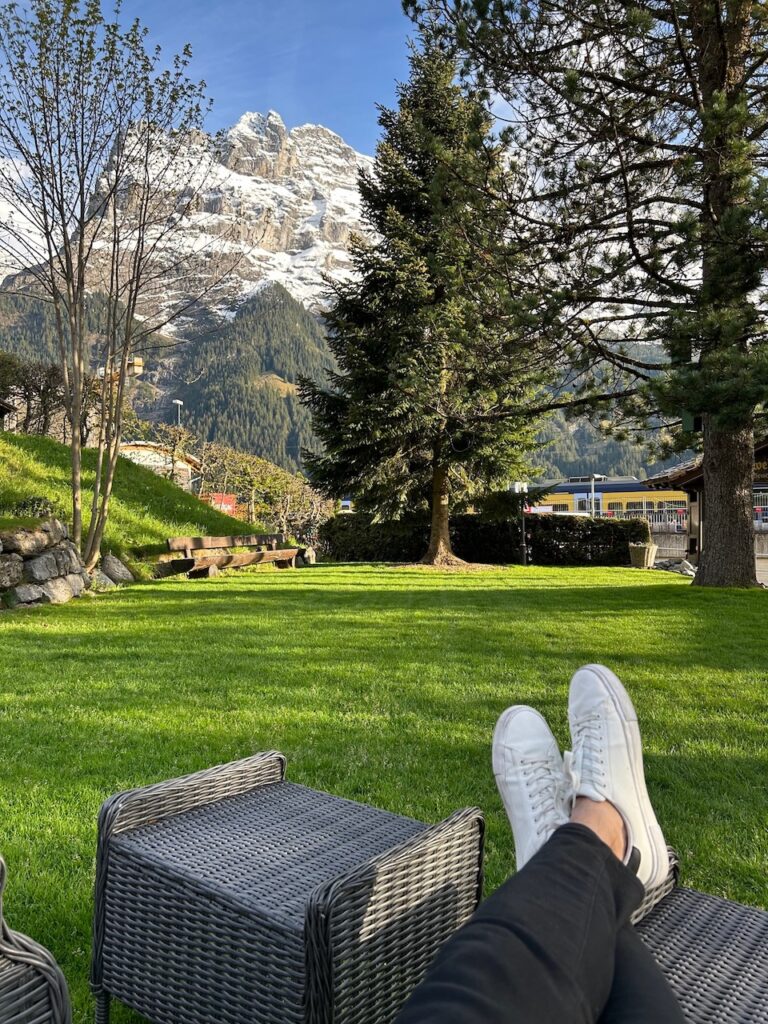
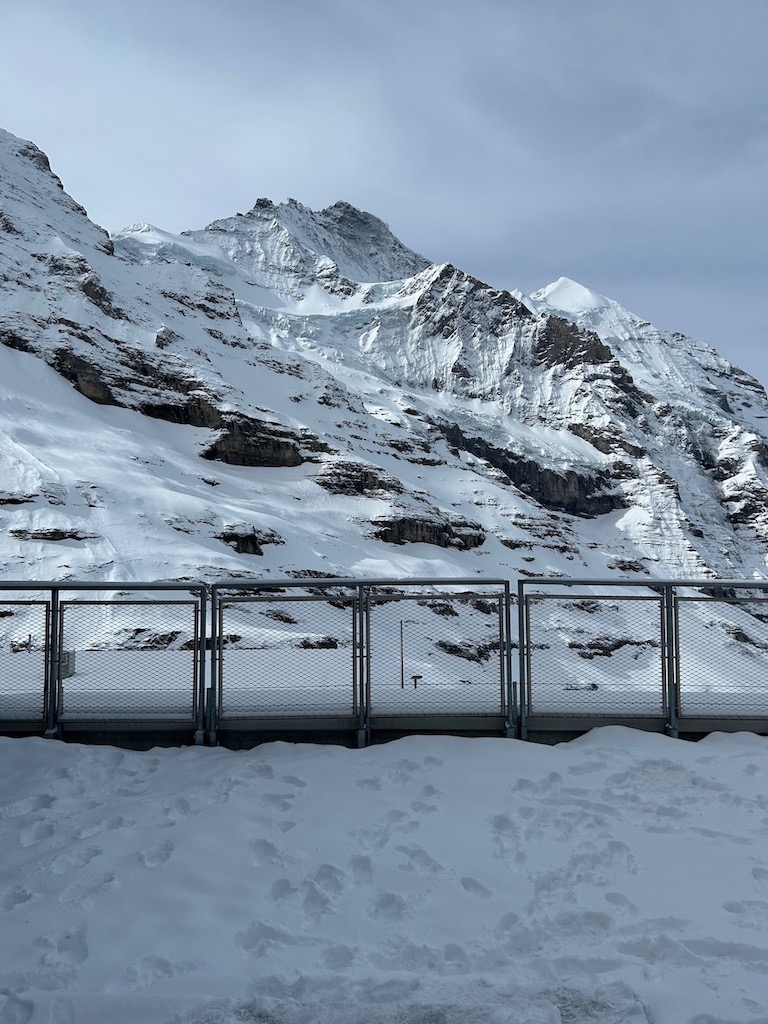
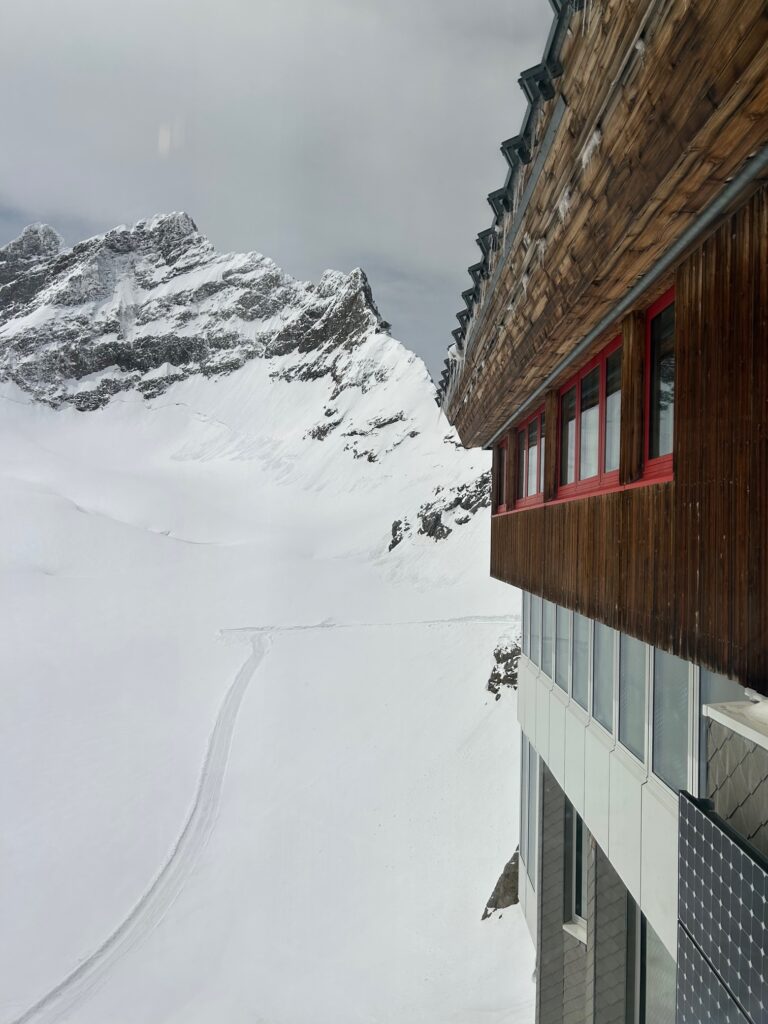
Hence, their “Swisstainable” program launched by the University of Lucerne in 2021, an initiative by the Switzerland Tourism designed to provide a sustainable strategy, whether it’s through food (they consume the most organic products per capita compared to their international counterparts) or recycling (almost 90% of PET bottles are being put to new use), among many other efforts.
In my recent Swiss sojourn, I witnessed firsthand how the environment plays an important role in the people’s daily lives, a crucial lead rather than a barely present support. They enjoy the outdoors—from hiking Harder mountain for an unobstructed bird’s eye view of Interlaken and skiing down the snow-carpeted slopes of St. Moritz to taking a leisure steamboat ride and set lunch along Lake Zurich and just soaking up the panoramic sights at Grindelwald.
In fact, they shut down shop operations on Sundays mainly for religious reasons, but honestly, for a chance to be out of their residential confines too. The crowded lakes and parks prove this.
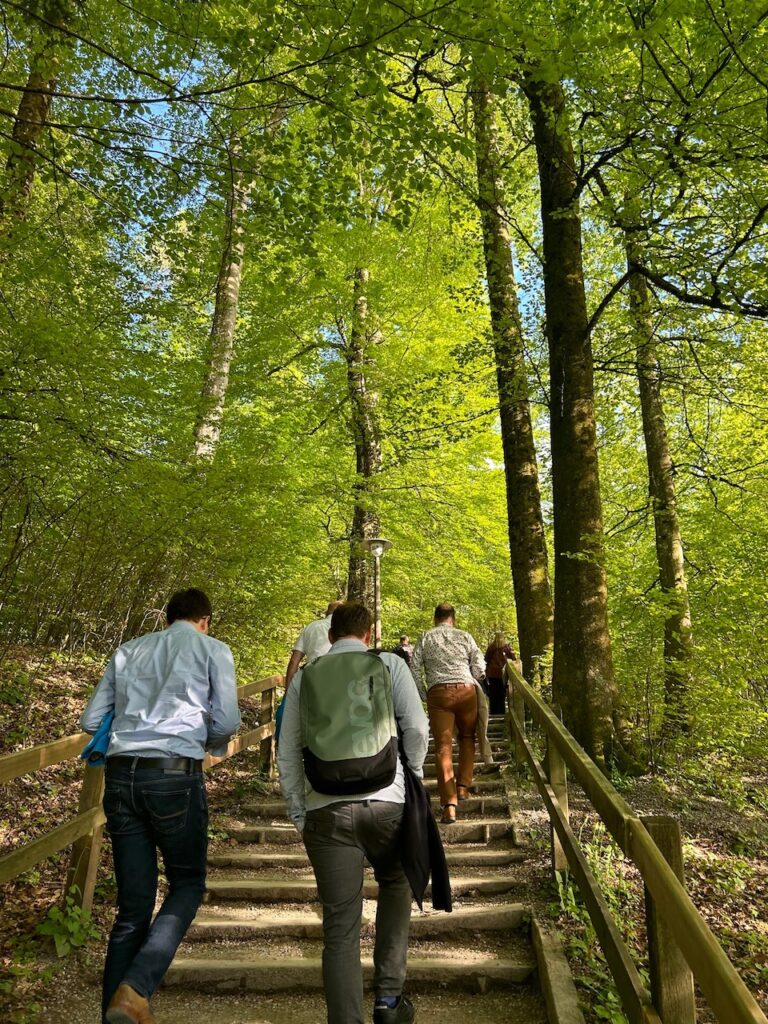
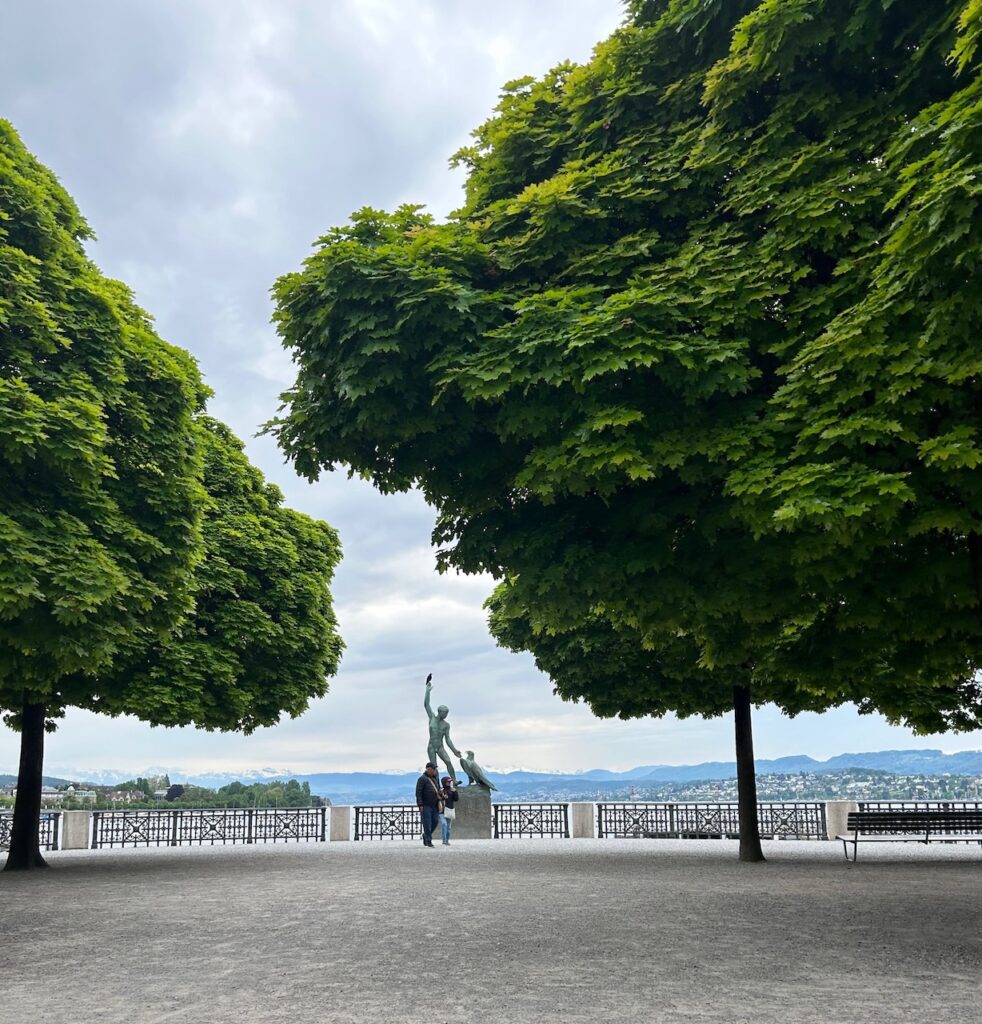
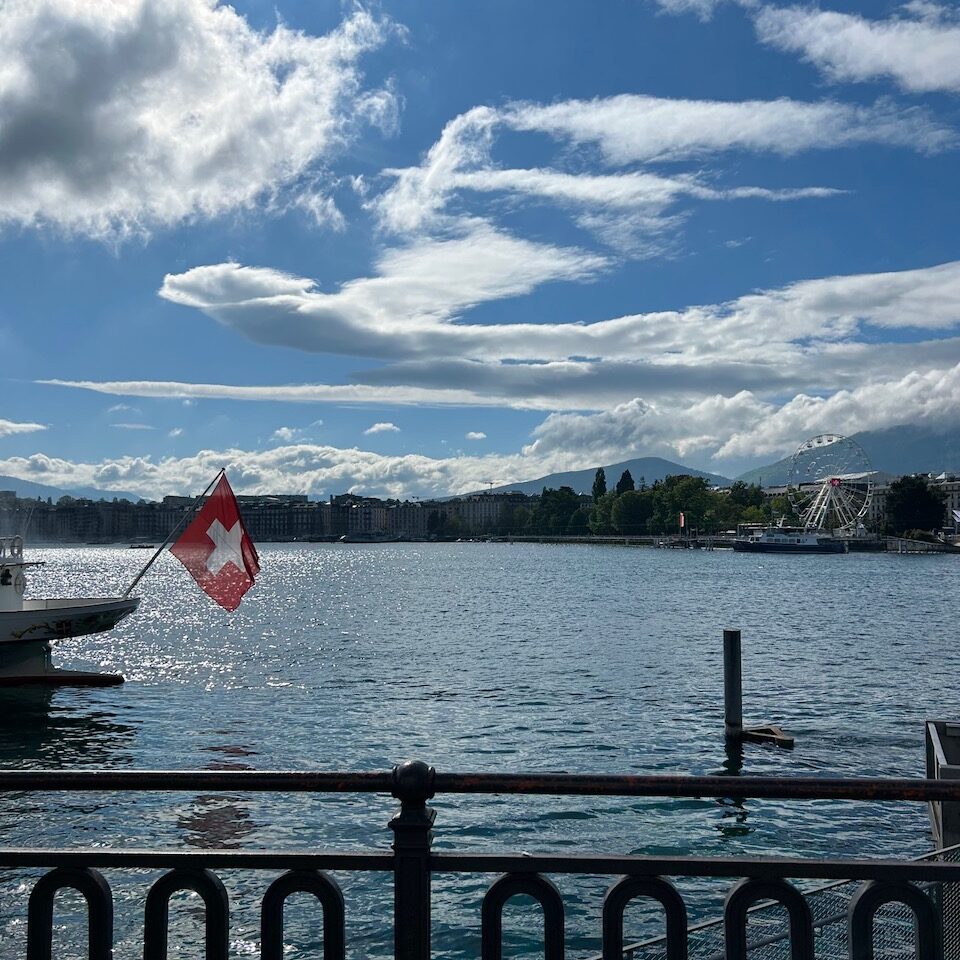
Even dining experiences are built around nature. Either framed by floor-to-ceiling glass walls or unbound by any barrier, their dramatic landscapes are relied on to provide a backdrop for memorable meals. Take the case of Restaurant Crystal in Jungfraujoch, up 3,463 meters above sea level, with glaciers complementing your plate of roesti; or inside the Golden Pass Express train, where a board of charcuterie and cheeses, along with local wine, are matched with cinematic rolls of lush, animal-specked mountains.
The Swiss consider their great environment as a strong suit and a travel bait, and they’re cleverly using it to their advantage.
It’s one thing to recognize nature as a high net worth playground, and another to let it continue to be. Switzerland surely has both bases covered.
Special thanks to Batiste Pilet and Nazrul Jumahat of Switzerland Tourism, and Gia Remulla and Imen Basrai of Heavens Portfolio.

